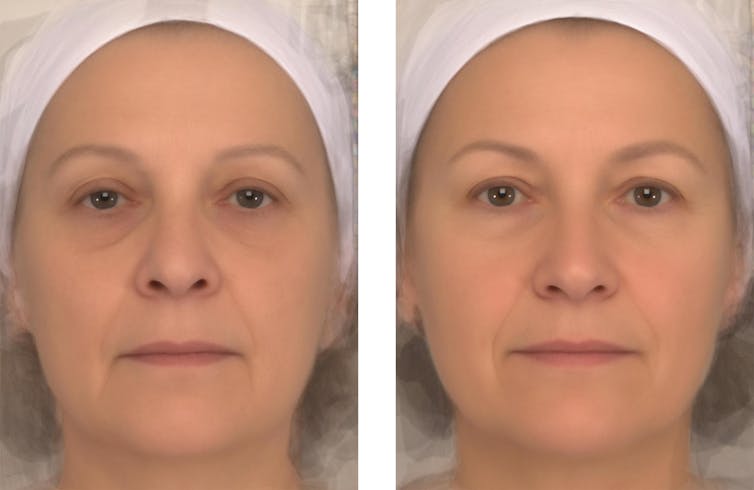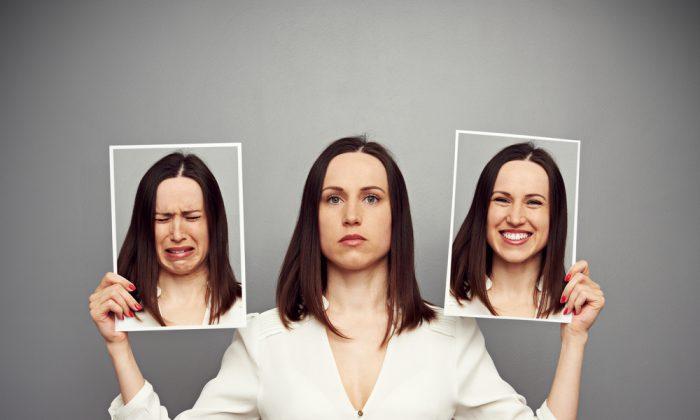We know how dangerous these practices are today, but are modern day beauty trends all that different? With acid peels that can permanently damage skin, to injections of acutely lethal toxins—under the brand name Botox—the quest for a healthy-looking face has always been fraught with danger.
Glowing Appearance
More recently, I and others have been interested in facial coloration and its links with health. Carotenoids, found in fruit and vegetables, are only obtained from eating a healthy diet. When deposited in your skin, they make you look much healthier—even more so than if you have a tan. So a change in diet to include more of these can be good for your health and appearance. Similarly, getting enough sleep can get rid of dark circles under eyes, and a good circulatory system from exercise can bring color to your cheeks.But there may be an even easier way to look healthier. And this one is totally free, and very quick.

Happy Smiley People
Our first experiment for this research was to try to predict the health rating a face would receive. We used a measure of how happy others thought the face looked, as well as an objective measure of positive expression, obtained by measuring how open the eyes were and how upturned the corners of the mouth were on the faces.From this, we were able to predict how healthy a face looked based on its expression alone—with a good degree of accuracy. We found that the effect of having a positive expression on the ratings was similar to that from having a good BMI, using makeup, or looking young rather than old.

We decided to investigate further, and look at what the effect on perceived health would be if the expression were a genuine smile, rather than merely looking a little cheerful, and how it would work across different age groups and sexes.
Health Appeal
But why do we find smiling faces healthier? The answer may be due to a genuine link between smiles and actual, underlying health. Incredibly, the length of people’s lives have been predicted from photographs of them in their youth. Those photographed with genuine smiles lived longer than those photographed with polite smiles or none at all. New university students who were smiling in their Facebook photos report better social lives and satisfaction upon graduating, and smiling during a stressful experience can calm rising heart rates.There is a simple message here: looking good costs nothing, and need not be dangerous. All it takes is a smile to look healthier, and the more you do it, the healthier you’ll likely be.

